
All categories
Featured selections
Trade Assurance
Buyer Central
Help Center
Get the app
Become a supplier

(1342 products available)















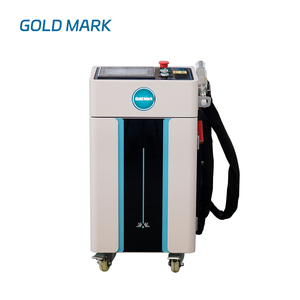
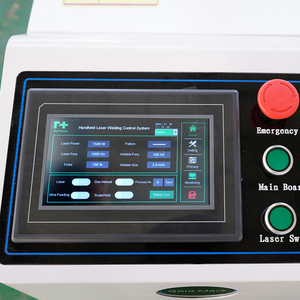

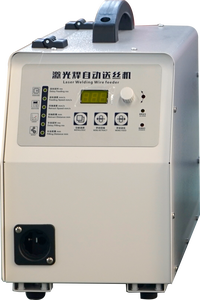





















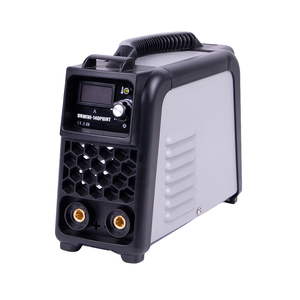
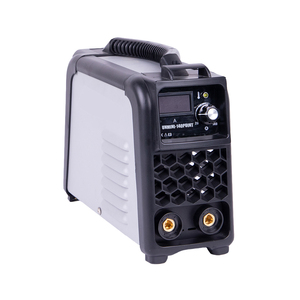


Arc 140 welding machines are found in several types to accommodate different welding processes. Because of the diversity in types, many arc 140 machines are proficient in many processes. The key types include:
MMA
MMA welding, otherwise referred to as Manual Metal Arc or Stick welding, is famous for its simplicity and versatility. MAS can be utilized in the workshop or on the job site. MMA uses a consumable electrode coated in flux to deposit the weld metal. The electrode is clamped into a holder called the 'stinger'. After clamping, the electrode tip is melted by the arc to weld the two pieces of the workpiece. This makes MMA machines ideal for construction and repair work.
TIG
TIG is also called Tungsten Inert Gas welding. This arc 140 welding machine employs a non-consumable tungsten electrode to produce the weld arc. It produces a very stable arc, which allows for precise control of the welding pool. Because of its precision, it is mainly used on thin materials or when producing welds of high-quality appearance. Industries that use TIG include aerospace, automotive and marine.
MIG
MIG Arc welding machines are among the most popular welding machines. Metal Inert Gas (MIG) works by feeding a continuous wire electrode through the welding gun, which the machine then melts to form an arc. This process makes MIG machines efficient for work involving thicker materials since they can lay down weld much faster than other methods. Like TIG, MIG is widely employed in construction, automotive and manufacturing industries.
Flux-Cored
Flux-Cored arc welding (FCAW) is similar to MIG. The main difference is that it uses a flux-core wire instead of a solid wire. The wire is filled with flux, which is a material that helps it make the weld even if there is no shielding gas available. Because of this feature, flux-cored welding processes are often used outdoors and in rusty or dirty metals. Arc welding machines have become popular in the construction industry because of their efficiency in welding and ease of use.
Arc 140 welding machines can be used in many varying industrial applications. Some of the common applications include:
Manufacturing and Fabrication
ARC 140 welding machines are core welding devices in manufacturing and fabrication industries. They are primarily used to join metals for the production of machinery, vehicles and buildings. Many of these industries love them because of their portability and ability to work on varying metal thicknesses. This means that they can be used for light to heavy fabrication projects.
Construction
In the construction industry, ARC 140 welding machines are employed in structural steelwork, metal framework assembly, etc. Most construction sites prefer these machines because they are very portable. Most operations on construction sites need mobility as they do not always work in a controlled environment. Additionally, these machines work on both thin and thick materials. In construction work, these are core features, as often only a single type of material is not used to build structures.
Automotive industry
ARC 140 welding machines' prime uses in the automotive industry include bodywork repairs, chassis welding and exhaust system fabrication. Automotive workshops love these machines for their precision and ability to work on varying metal thicknesses. These two features are vital for performing multiple welding tasks on different parts of vehicles. Sticking or flux-cored welding is also used in welding processes involving dirty or rusty metals, which are often found in repairing old vehicles.
Shipbuilding
These machines make them crucial for hull construction, framework assembly and other on-board repairs. Their versatility in working on varying metal thicknesses makes them ideal for shipbuilding. This is because ships are constructed using metals of differing thicknesses. Besides, these machines are portable, which makes them suitable for the shipbuilding process since much shipbuilding requires work done in confined spaces or at remote locations.
Aerospace
Welding in the aerospace industry needs high precision and control. Thus, these industries commonly use ARC 140 machines for tasks like component assembly and repairs. These machines are favored for their precision. Precision is vital for maintaining the structural integrity of aerospace components.
Arc 140 arc welding machines carry several key features that enhance their operational proficiency. Some of these key features include:
Dual Voltage
The 140 welding machines' dual voltage capability allows the machines to operate at either 120V or 240V. This permits them to be used in a wider range of settings because they can be powered with standard household or industrial electrical systems. Their dual voltage capability increases their versatility and efficiency in varying environments.
IGBT technology
IGBT is short for insulated gate bipolar transistor. It is the cutting-edge technology applied in these machines. This technology combines the benefits of both MOSFETs and bipolar transistors. This means it has the capacity to produce an arc that is more precise and stable, ensuring smooth welding. With their strength, IGBT machines have become preferred for professional and heavy-duty uses due to their reliability and increased efficiency.
Portable design
Most 140 welding machines are designed to be compact and lightweight. This lends them portability, as they are easy to move from one working area to another. Some of the designs also incorporate carrying straps and handles, which add to their portability. Their portability enables them to be used for both in workshops and fieldwork.
Duty cycle
These machines carry a duty cycle of 60%. This means that after operating for 6 minutes, they will need to rest for 4 minutes. The higher the duty cycle percentage, the longer the machine can operate before needing a rest. The 60% duty cycle makes these machines ideal for longer projects and heavy use.
Frequency and pulse width modulation
ARC 140 welding machines have an operating frequency of 1 to 10 MHz. This means that the machines can work with high pulses. Also, they come with pulse width modulation (PWM), which helps control the arc more precisely. High-frequency operation and PWM contribute to forming smoother, cleaner welds.
Firstly, when purchasing an arc 140 machine, it's essential to consider its primary use. Different industries use distinct welding techniques. Knowing the machine's main purpose will assist in selecting the most appropriate one. Secondly, consider the type of electrode the machine uses. Various machines have specific electrodes compatible with them. Using the right electrode ensures the operation will be effective.
It is also essential to consider metal types and thicknesses. Different welding processes handle varying metal thicknesses. Knowing what materials will be primarily used assists in selecting the compatible machine. The welding position should also be factored in. Certain machines perform better when welding in specific positions. Thus, considering which position the major welding will be, choose a machine that works well for that.
Another feature that shouldn't be overlooked is the welding speed. Some machines have a higher welding speed, which makes them ideal for large projects. Welder machines with slower speeds work better when more precise work is needed. Therefore, it's best to consider the speed of the welding concerning how large or small the project is. Lastly, manufacturers' reputations should also be considered when purchasing an arc 140 machine. Well-established manufacturers often have more reliable and durable machines than those made by a random manufacturer.
The main advantage of electric arc welding machines is that they produce very neat and precise welds. In addition, some electric arc welding machines are mobile, making it possible to work at ease. They are also eco-friendly since they don't produce harmful pollutants like gas welding machines.
Ac arc welding machines are exclusive in that they alternate their current. This means they alternate between positive and negative polarities. During the positive phase, the current is high. This means it cleans the metal surface oxides. The negative phase, on the contrary, deposits more metal into the weld pool. During this phase, the current decreases. Thus, AC welding machines are best for aluminizing and magnesium welding.
To enhance the longevity of 140 welding machines, users should keep them clean and store them in a dry place when not in use. During working, users should ensure the machine is not always operating at its maximum capacity, which can lead to overheating. While working, the welding machine should also be periodically checked for any issues like wear and tear. Any problem that can hinder effectiveness or damage the machine should be fixed immediately.
A Lincoln 140 welder can handle stainless steels of about 1/8 inch maximum to 18 gauge minimum. It can also work on steel metals of the same thickness as stainless steels. Aluminum metals can also be welded by a Lincoln 140 welder. However, it can only work on aluminum of 3/16 inch maximum to 1/16 inch minimum.